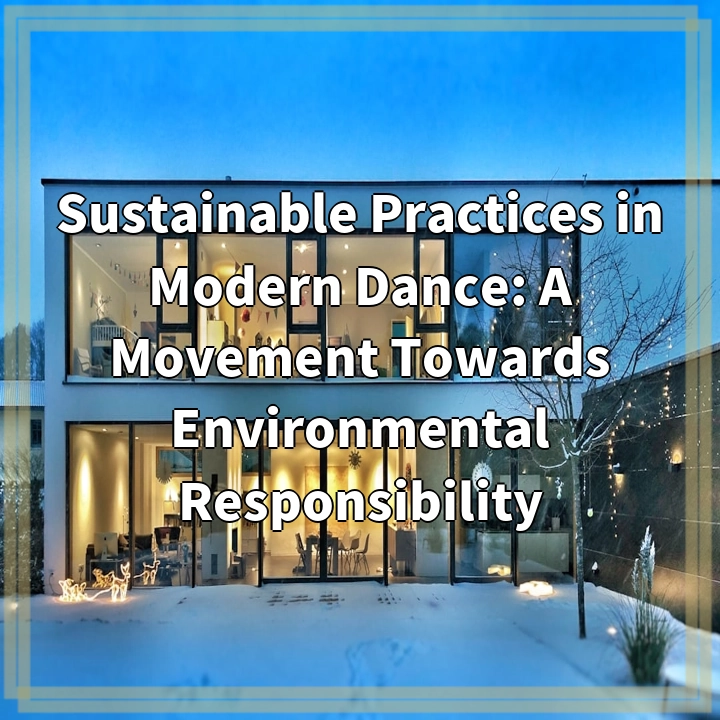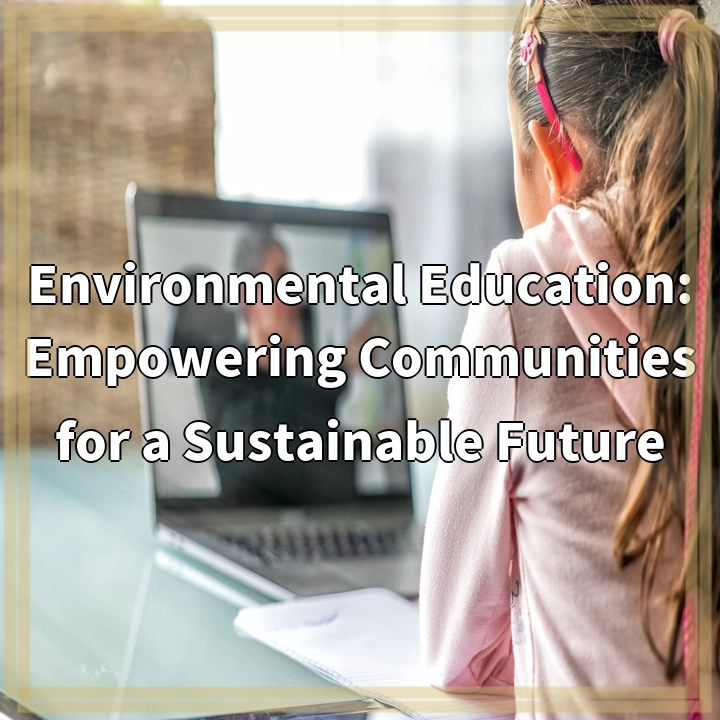
What it is:
Sustainable practices in modern dance refer to the integration of environmentally-friendly methods and techniques within the choreography, production, and overall operation of dance companies and performances. This movement emphasizes the importance of reducing waste, utilizing eco-friendly materials, and promoting awareness around environmental issues through artistic expression. Alongside celebrating movement and creativity, sustainable dance seeks to minimize its ecological footprint and inspire audiences to consider their own impact on the planet.
Real-world problems
Despite the innovative strides being made in sustainable practices in modern dance, several real-world problems remain. One significant challenge is the reliance on traditional materials used in costumes and set designs, many of which are not environmentally friendly. Fabrics like polyester and other synthetic materials can contribute significantly to pollution and waste, taking hundreds of years to decompose.
High Resource Consumption
Producing a dance performance typically involves substantial resource consumption, including energy used for lighting, heating, and cooling performance spaces. The environmental impact of these operations can be significant, particularly in larger productions that require extensive electrical and physical resources.
Waste Generation
Dance productions often generate a considerable amount of waste, from discarded costumes and props to stage materials. In traditional settings, much of this waste ends up in landfills, contributing to the global waste crisis. Implementing sustainable practices necessitates a shift towards more mindful consumption and waste management strategies.
Lack of Awareness and Education
Another challenge is the general lack of awareness and education regarding sustainable practices within the dance community. Many dancers, choreographers, and production teams may not be familiar with eco-friendly alternatives or the significance of reducing their environmental impact, leading to missed opportunities for more sustainable choices.
Funding and Support
Incorporating sustainability into dance can also be hindered by financial constraints. Many dance companies operate on tight budgets, making it difficult to invest in sustainable materials and practices. There is often a need for additional funding and support from institutions and sponsors to help facilitate a transition toward more sustainable methods.
Cultural and Institutional Barriers
Lastly, cultural and institutional barriers may pose challenges to adopting sustainable practices. Traditional norms and practices within the dance community may take precedence over new, eco-conscious approaches. Changing these long-standing traditions requires time and a collective commitment from dancers, choreographers, producers, and audiences alike.

Solutions for Sustainable Practices in Modern Dance
To effectively address the challenges associated with sustainable practices in modern dance, several actionable solutions can be implemented. These solutions promote environmental responsibility while enhancing the overall artistic experience.
Utilizing Eco-Friendly Materials
One of the primary solutions is to adopt eco-friendly materials in costumes and sets. Dancers and choreographers can opt for organic fabrics, recycled materials, and sustainable sourcing practices that reduce the environmental impact of productions. By prioritizing these materials, the dance community can significantly decrease waste and pollution.
Energy-Efficient Practices
Implementing energy-efficient practices is another critical solution. Dance companies can utilize energy-efficient lighting and heating systems, and explore renewable energy sources to power performance spaces. This not only reduces the overall carbon footprint but also lowers operational costs over time.
Waste Reduction Initiatives
Adopting waste reduction initiatives can help manage and minimize waste generated from productions. This can include practices such as recycling, repurposing costumes and set materials, and implementing a buy-back program for unused items. Encouraging a culture of sustainability will foster awareness among dancers and producers alike.
Education and Awareness Programs
Increasing awareness and education about sustainable practices within the dance community is essential. Workshops, seminars, and collaboration with environmental organizations can empower dancers and production teams with knowledge about sustainable alternatives and effective practices.
Financial Support and Funding
To alleviate financial constraints, securing funding and support for sustainable projects can be vital. Dance companies can seek grants, sponsorships, and community partnerships aimed at promoting sustainability in the arts. By building a strong financial foundation for eco-friendly initiatives, productions can thrive while prioritizing environmental responsibility.
Changing Cultural Norms
Finally, fostering a culture that values sustainability over traditional methods is crucial. This can be achieved through advocacy and collaboration among artists, choreographers, and institutions. Encouraging open dialogue about sustainability in dance will help shift mindsets and inspire collective action towards more responsible practices.















